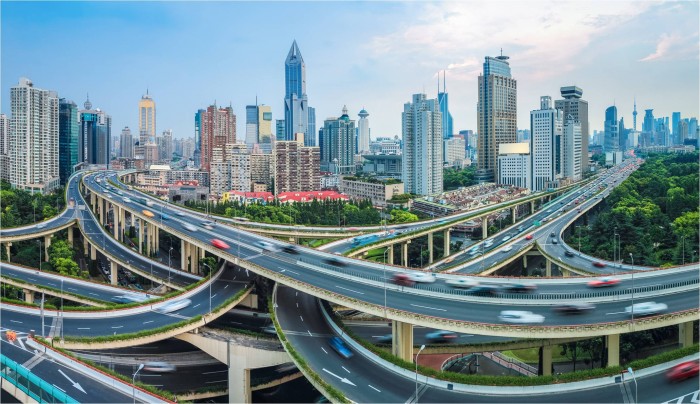India, Udaipur
FC-01x Future Cities (Self-Paced) - Exercise 1 : "Making the Invisible - Visible"

Uploaded on 2020-08-04 by Pradyumna Dashora
Some typical features of comprehensive development in Smart Cities are described below. Promoting mixed land use in area based developments–planning for ‘unplanned areas’ containing a range of compatible activities and land uses close to one another in order to make land use more efficient. The States will enable some flexibility in land use and building bye-laws to adapt to change; Housing and inclusiveness - expand housing opportunities for all; Creating walkable localities –reduce congestion, air pollution and resource depletion, boost local economy, promote interactions and ensure security. The road network is created or refurbished not only for vehicles and public transport, but also for pedestrians and cyclists, and necessary administrative services are offered within walking or cycling distance; Preserving and developing open spaces - parks, playgrounds, and recreational spaces in order to enhance the quality of life of citizens, reduce the urban heat effects in Areas and generally promote eco-balance; Promoting a variety of transport options - Transit Oriented Development (TOD), public transport and last mile para-transport connectivity; Making governance citizen-friendly and cost effective - increasingly rely on online services to bring about accountability and transparency, especially using mobiles to reduce cost of services and providing services without having to